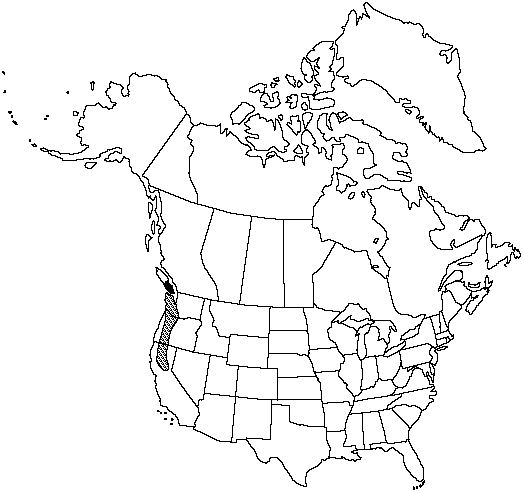Thelypteris nevadensis
Amer. Fern J. 48: 139. 1958.
Stems creeping for 2–5 cm, then ascending or suberect, 1.5–3 mm diam. Leaves monomorphic, dying back in winter, tightly clustered, (25–)40–105 cm. Petiole straw-colored, 3–20(–35) cm × 1–3 mm, at base with scales tan to reddish brown, ovate, glabrous. Blade elliptic, 20–70 cm, proximal 4–10 pinna pairs gradually reduced (smallest 5–20 mm), blade tapering gradually to pinnatifid apex. Pinnae 3–10 × (0.6–)1–2 cm, deeply pinnatifid to within 1 mm of costa; segments oblong to linear, oblique (sides slanted, not perpendicular to costa), entire to crenulate; proximal pair of veins from adjacent segments meeting margin above sinus. Indument abaxially of sparsely set hairs 0.2–0.7 mm on rachises, costae, and sometimes veins, also of numerous orangish, sessile to usually short-stalked glands on blade tissue; blades adaxially glabrous except along costae. Sori round, supramedial; indusia tan, glabrous or short-ciliate, sometimes also with glands; sporangia glabrous. 2n = 54.
Habitat: Terrestrial in woods and meadows, especially near springs, seepage areas, and streams
Elevation: 0–1800 m
Distribution

B.C., Calif., Oreg., Wash.
Discussion
Thelypteris nevadensis is named for the Sierra Nevada and, contrary to its common name, is not found in Nevada.
Selected References
None.